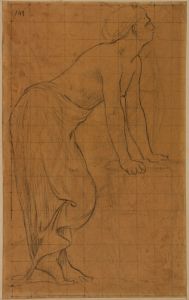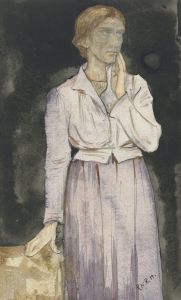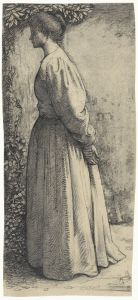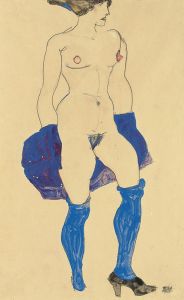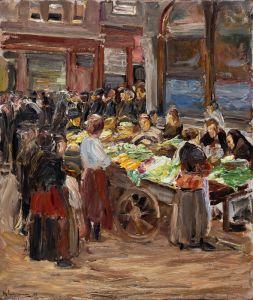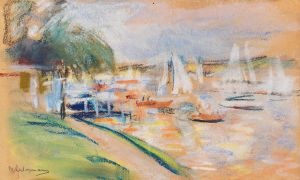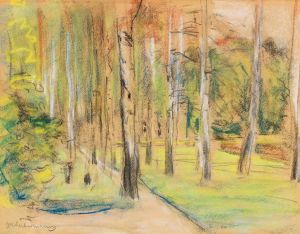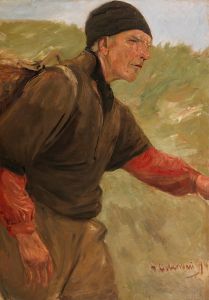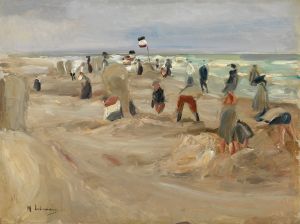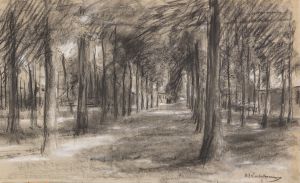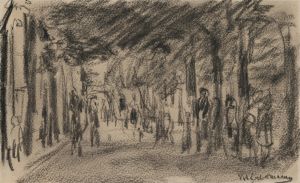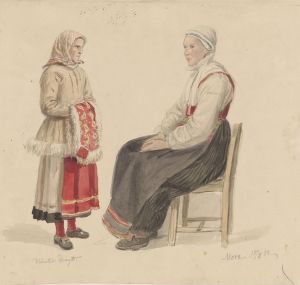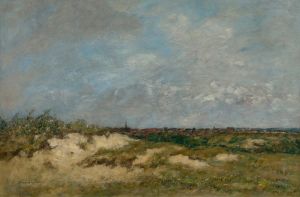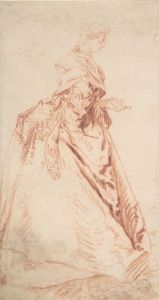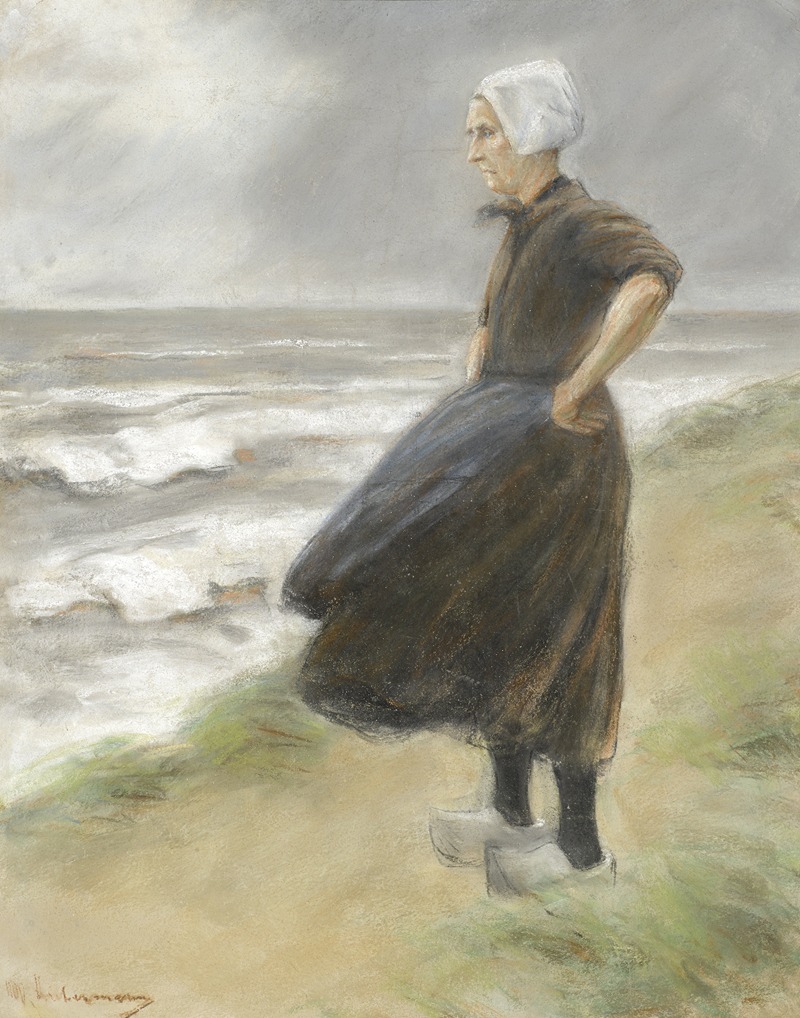
Holländerin, stehend in den Dünen nach links
A hand-painted replica of Max Liebermann’s masterpiece Holländerin, stehend in den Dünen nach links, meticulously crafted by professional artists to capture the true essence of the original. Each piece is created with museum-quality canvas and rare mineral pigments, carefully painted by experienced artists with delicate brushstrokes and rich, layered colors to perfectly recreate the texture of the original artwork. Unlike machine-printed reproductions, this hand-painted version brings the painting to life, infused with the artist’s emotions and skill in every stroke. Whether for personal collection or home decoration, it instantly elevates the artistic atmosphere of any space.
"Holländerin, stehend in den Dünen nach links" is a painting by the renowned German artist Max Liebermann, a leading figure in the Impressionist movement in Germany. Liebermann was born on July 20, 1847, in Berlin and became one of the most influential painters of his time, known for his depictions of everyday life and his ability to capture light and movement.
The painting's title translates to "Dutch Woman, Standing in the Dunes Facing Left," which provides a straightforward description of the subject matter. This work is part of Liebermann's series of paintings that explore rural and coastal life, particularly in the Netherlands, where he spent considerable time. The Dutch landscape and its people were frequent subjects in Liebermann's oeuvre, reflecting his fascination with the simplicity and authenticity of rural life.
In "Holländerin, stehend in den Dünen nach links," Liebermann employs his characteristic loose brushwork and a light palette to convey the breezy, sunlit atmosphere of the dunes. The painting depicts a solitary woman standing amidst the sandy dunes, her figure turned to the left. The composition is simple yet effective, focusing on the interplay of light and shadow on the dunes and the figure's clothing. The woman's attire suggests she is a local, dressed in traditional Dutch clothing, which adds an element of cultural specificity to the scene.
Liebermann's technique in this painting reflects the influence of the French Impressionists, whom he admired and whose work he encountered during his travels to Paris. Like the Impressionists, Liebermann was interested in capturing the effects of natural light and the transient moments of everyday life. His brushstrokes are fluid and expressive, creating a sense of movement and immediacy.
The setting of the dunes is significant in Liebermann's work, as it represents a space of leisure and natural beauty, away from the industrialization and urbanization of the late 19th and early 20th centuries. This choice of subject matter aligns with the broader Impressionist interest in depicting landscapes and scenes of modern life outside the confines of the city.
Max Liebermann's contribution to art extends beyond his paintings. He was a key figure in the Berlin Secession, an art movement that sought to break away from the conservative academic standards of the time. His leadership and advocacy for modern art helped pave the way for future generations of artists in Germany.
"Holländerin, stehend in den Dünen nach links" exemplifies Liebermann's skill in capturing the essence of a moment through his masterful use of color and light. The painting remains a testament to his ability to find beauty in the ordinary and to convey a sense of place and atmosphere with remarkable clarity. Today, Liebermann's works are celebrated for their contribution to the development of modern art in Germany and continue to be studied and admired for their artistic and historical significance.





